The light has to appeal to your chemical instincts. It affects your emotions.”
Interview by Ruth Slavid
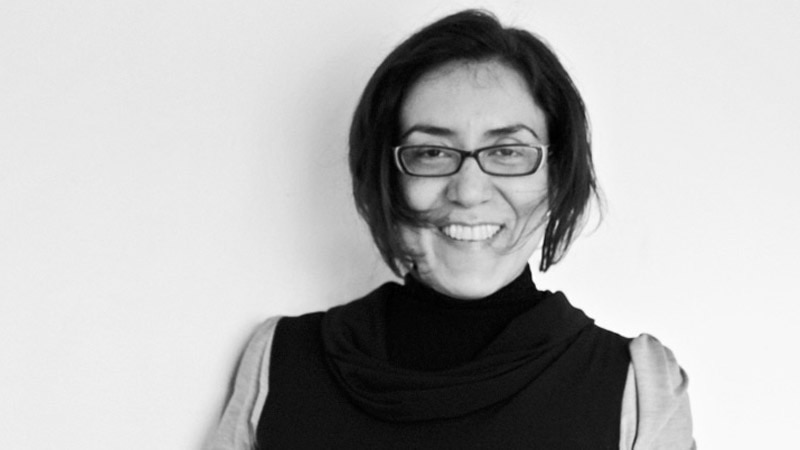
How did you first become interested in light?
I won a competition to design a cultural centre outside Santiago when I was only 25 years old, and I felt very humbled and lucky. I thought about the light in the building and I realised how little I knew. I went to Germany for two years and studied architectural lighting design in Wismar. When I was studying, I realised that it was a fantastic subject. Then I went to the KTH in Sweden for a year and to Finland, as well as to Paris following great professionals (Vesa Honkonen & Luis Claire). I finished my training by deciding to come back to Chile and to start my own company in 2005. My approach is through my experience of nature. I think that it is a very instinctive relationship – that the light has to appeal to your chemical instincts. It affects your emotions.
How do you see the relationship between artificial light and the sky?
I grew up in the Atacama region of Chile, which is supposed to be the place in the world with the clearest skies and the lowest humidity. Everywhere in the country the levels and the geometry of the sunlight are very different. For people who live a long way from the equator, the word blue is associated with being sad, yet in Spanish and Portuguese it is associated with happiness. This different appreciation of the sky and of natural light affects the way that we work with artificial light. For instance, in the UK, if you used a colour temperature of 6000K, people would hate it. In Sweden it doesn’t even exist. But in the tropics it is quite common.
What is Noche Zero, and why did you set it up?
The idea was an initiative to make everybody aware of the value of the night, connecting different professional approaches. We wanted to make a better future for our cities. So we brought together scientists, astronomers, regulators and other people involved in thinking about light. The first event was held in October 2012. We held the event in the Atacama, so that people could see what they were missing in terms of enjoying the night and the stars. It’s very special and very beautiful, close to the best observatories on earth.
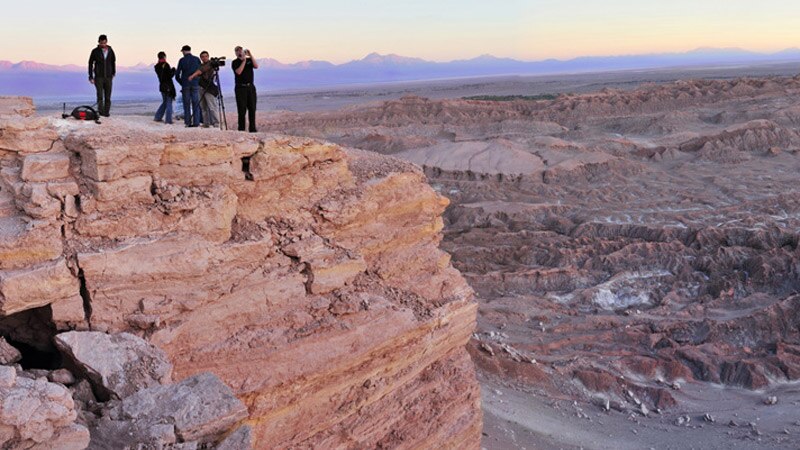
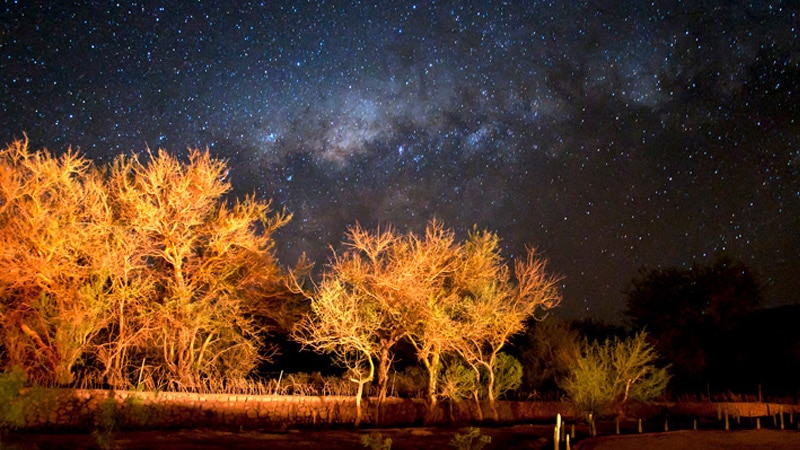
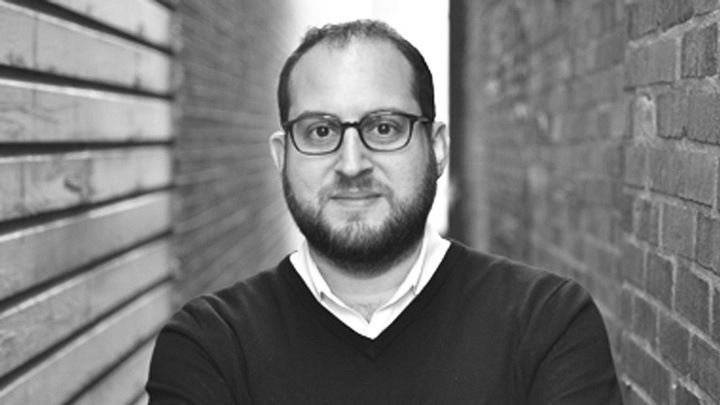
David Ghatan
David Ghatan, President of CM Kling + Associates, is committed to championing the lighting design profession

Sandeep Jha
Pioneers of Light, Signify, interview, Sandeep Jha, designer, architect.
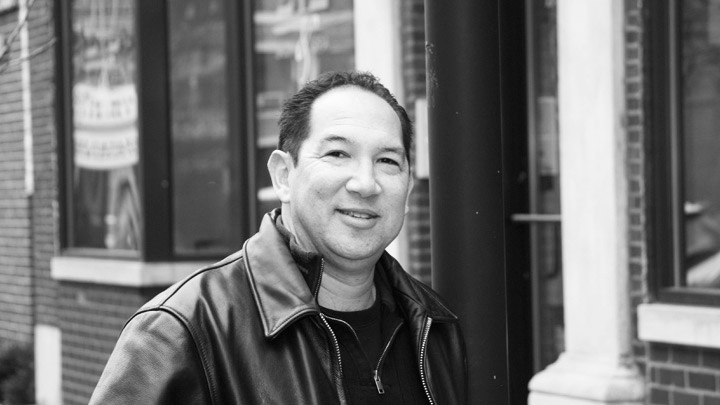
Peter Hugh
Peter Hugh was a lighting design leader before taking the bold step of opening his own lighting design firm eighteen years ago.